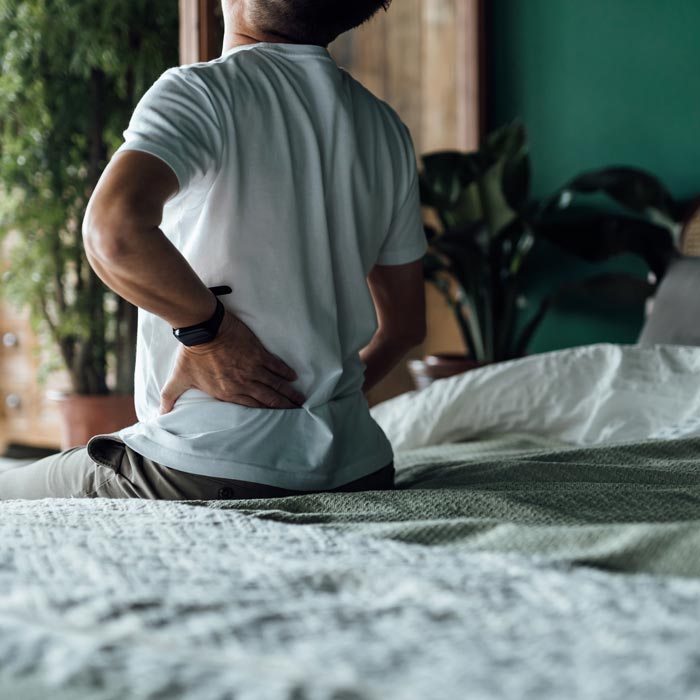Lumbar Degenerative Disc Disease
What Is Lumbar Degenerative Disc Disease?
Degenerative disc disease of the lumbar spine (DDD) is a typical source of low back discomfort. Intervertebral discs, which serve as the spine's shock absorbers, cushion the vertebrae. Due to aging, trauma, or injury, these natural shock absorbers eventually wear down and degenerate, resulting in DDD. Degenerative disc disease is a term used to describe changes in the spine that come with age but is not technically a disease.
The structure and function of the disc may be changed by trauma, aging, wear and tear, bad posture, repetitive motions, overuse, poor body mechanics, and being overweight. Your lower back may experience pain due to the aberrant stress caused by all of these anatomical changes.
The nucleus pulposus is located in the core of a healthy intervertebral disc and is covered by the annulus fibrosis. The nucleus pulposus serves as a shock absorber since it is a soft, well-hydrated jelly-like substance. The nucleus pulposus starts to dry out and stiffen over time, losing its ability to act as a shock absorber. Additionally, this results in a decrease in disc height, placing excessive strain on the nearby annulus fibrosis, tearing it, and increasing the risk of discomfort and instability in the lumbar spine.

Symptoms of Degenerative Disc Disease (DDD)

Diagnosing Degenerative Disc Disease (DDD)
Treatment Options for Degenerative Disc Disease
Both non-surgical and surgical treatments are available for the treatment of lumbar DDD. The non-surgical treatment alternatives, including acupuncture, physical therapy, spinal injections, specific types of braces, anti-inflammatory and pain medicines, muscle relaxants, and sedatives, may help ease the pain and other related symptoms. To increase the effectiveness of the treatment, your doctor may mix two or more treatment techniques.
Patients with severe pain, spinal instability, or neurological dysfunction who continue to experience symptoms despite non-operative treatment may need surgery. Lumbar DDD may be surgically treated with spinal stabilization and fusion, which would assist to reduce pain and stabilize the spine.

